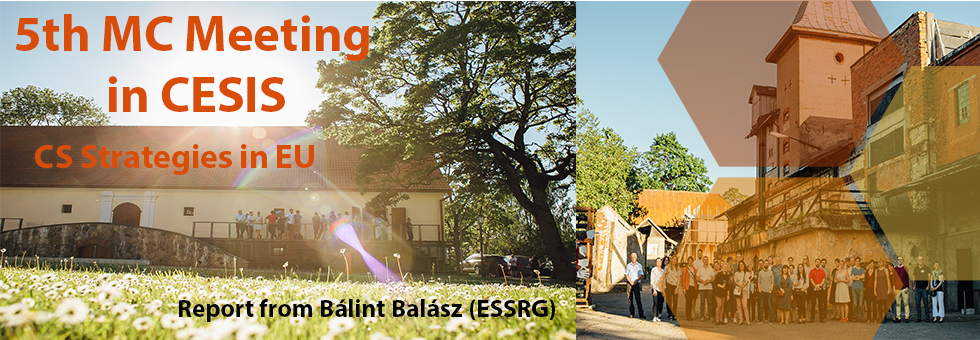In June 2019, I travelled to Cēsis, Latvia to participate in the Fifth Citizen Science Cost Action Meeting.
The trip came as a continuation to the final DITO conference also under the auspices of the European Citizen Science Association.
Baiba Prūse hosted the event from IES – Institute for Environmental Solutions, which is a network of scientists, artists, engineers and practitioners – all working on wellbeing and ecological problems and innovative environmental solutions.
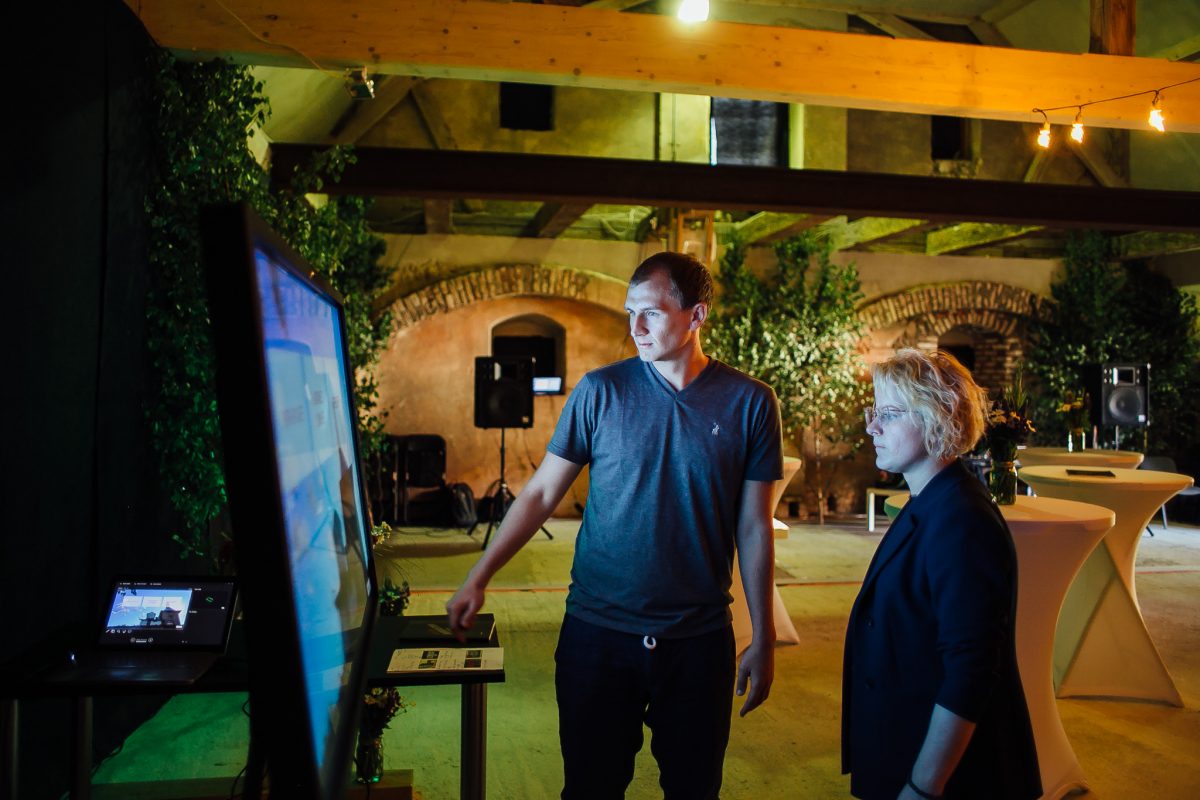
Cēsis is two hours drive from Riga and has been famous for its brewery for some hundred years now. And it seems, will be again!
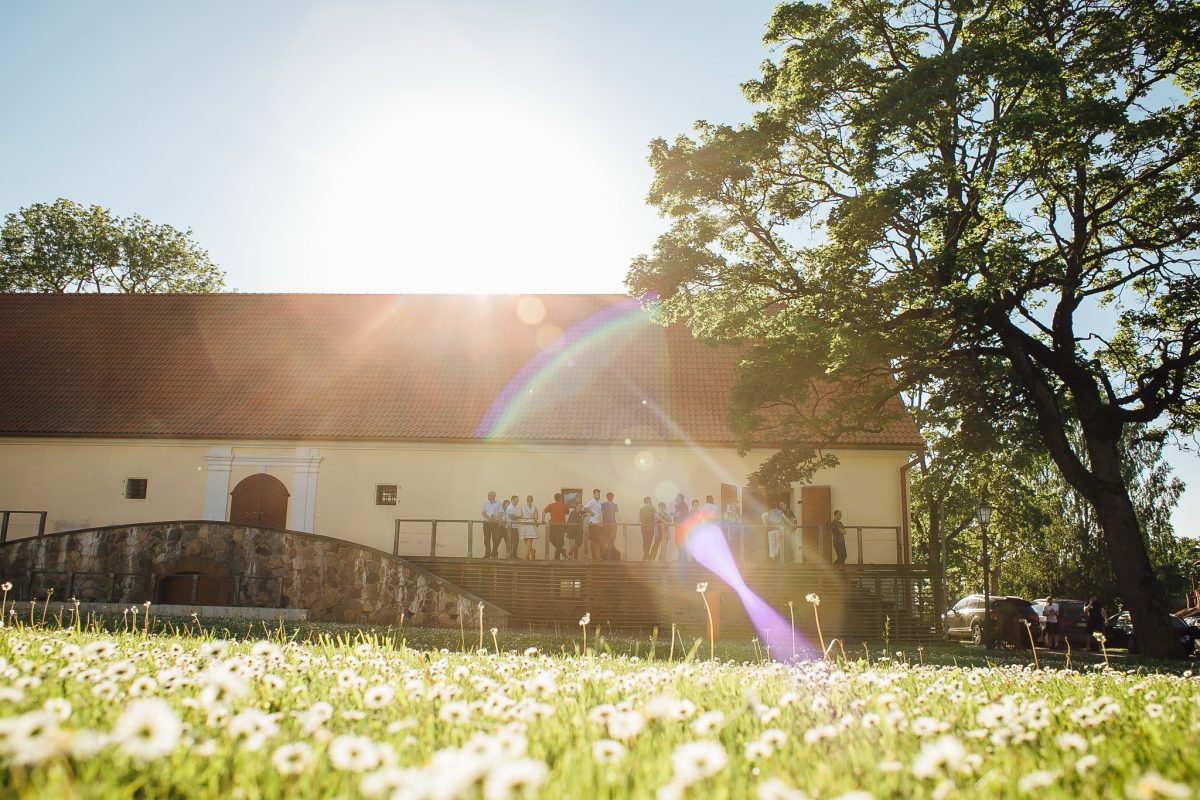
The old brewery has been abandoned for more than a decade until IES arranged to reuse the building and started the renewal of the brewery into an innovative centre of excellence where art, science and culinary are converging to address environmental issues.
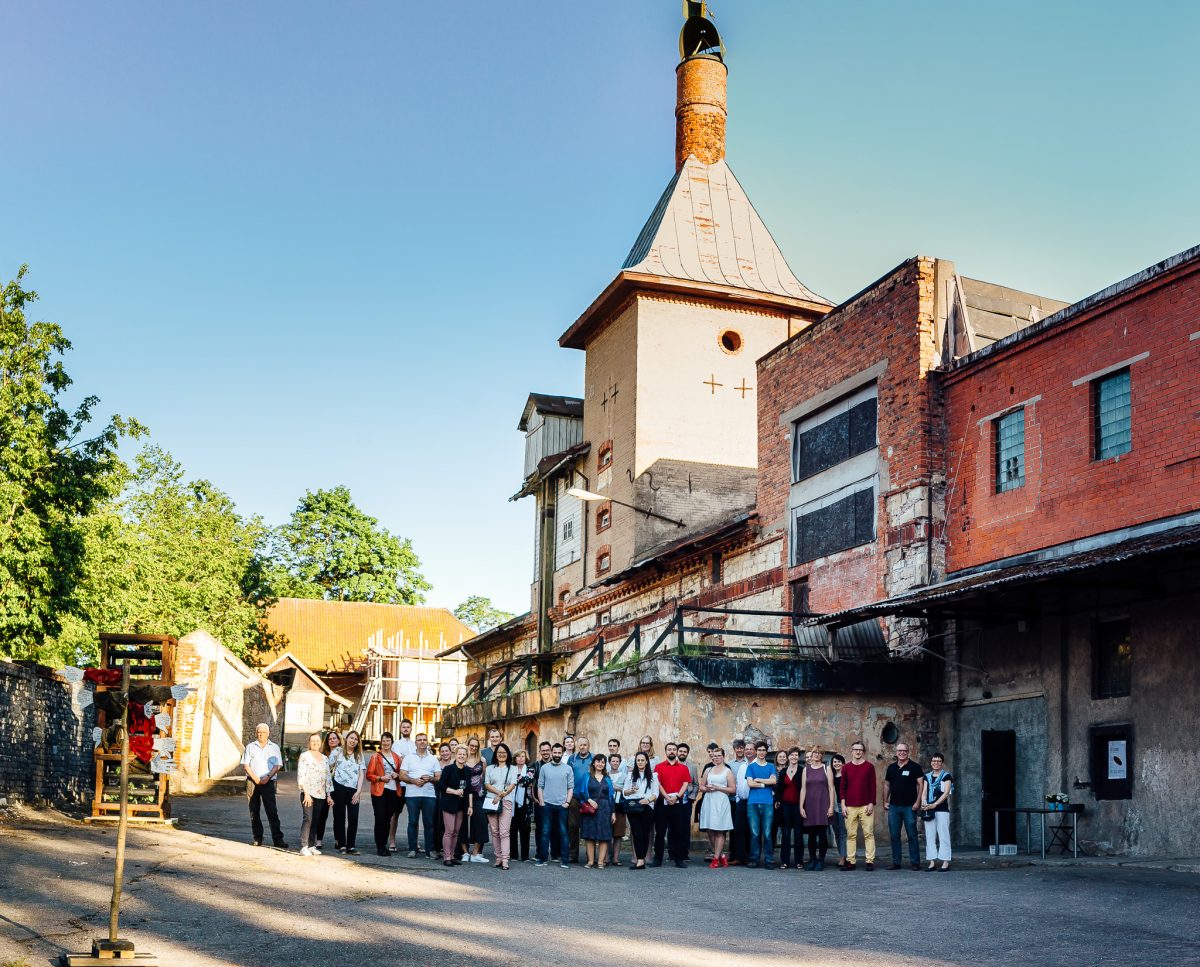
In the Brewery building, Guna Dātava showed us around in the Brewery Artspace MALA at the exhibition NOT out of sight, NOT out of mind dedicated to overconsumption. Seventeen artists from 9 countries present works of art, mostly using trash to reflect on our waste culture and practical solution-seeking.
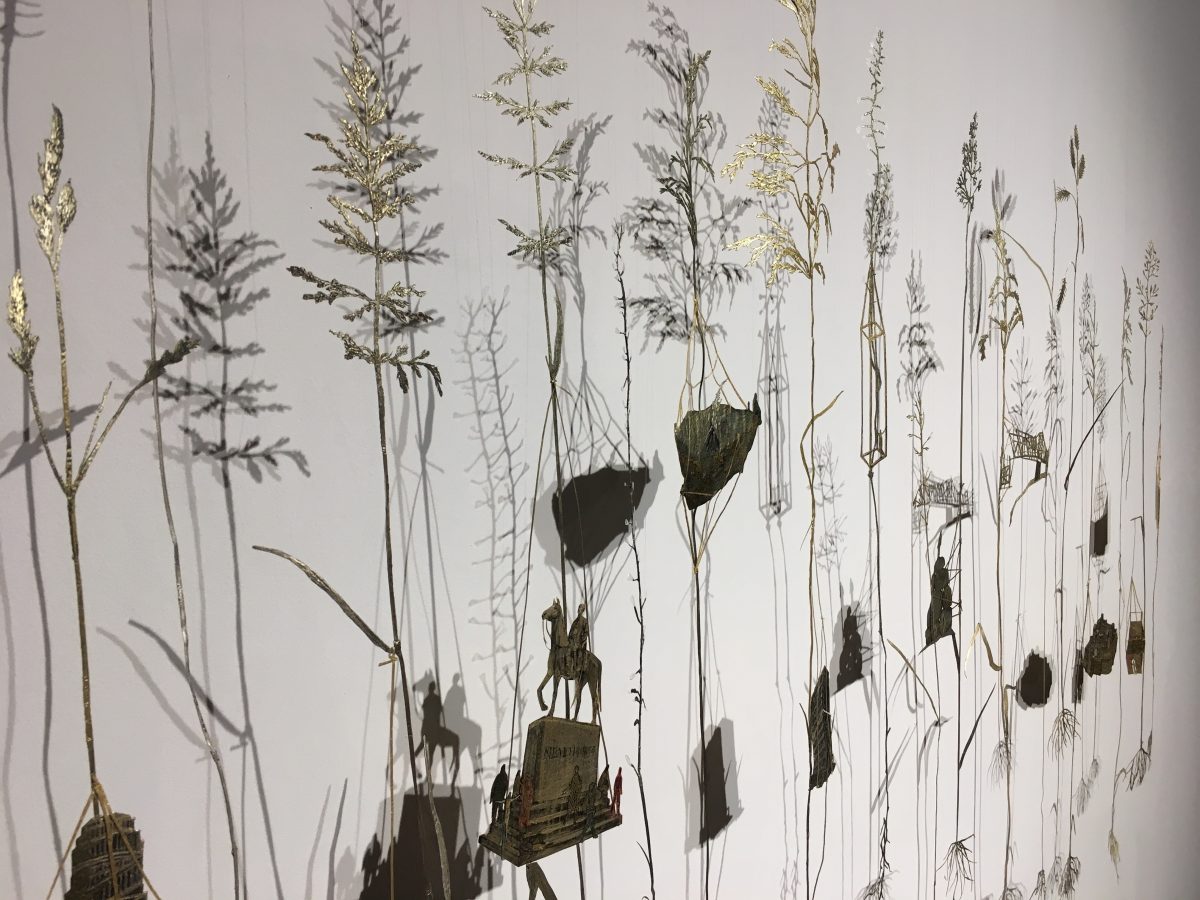
IES ethnobotany team also gathers traditional knowledge of wild plants, mostly on the collection, production and medicinal, cosmetic, food and other applications.
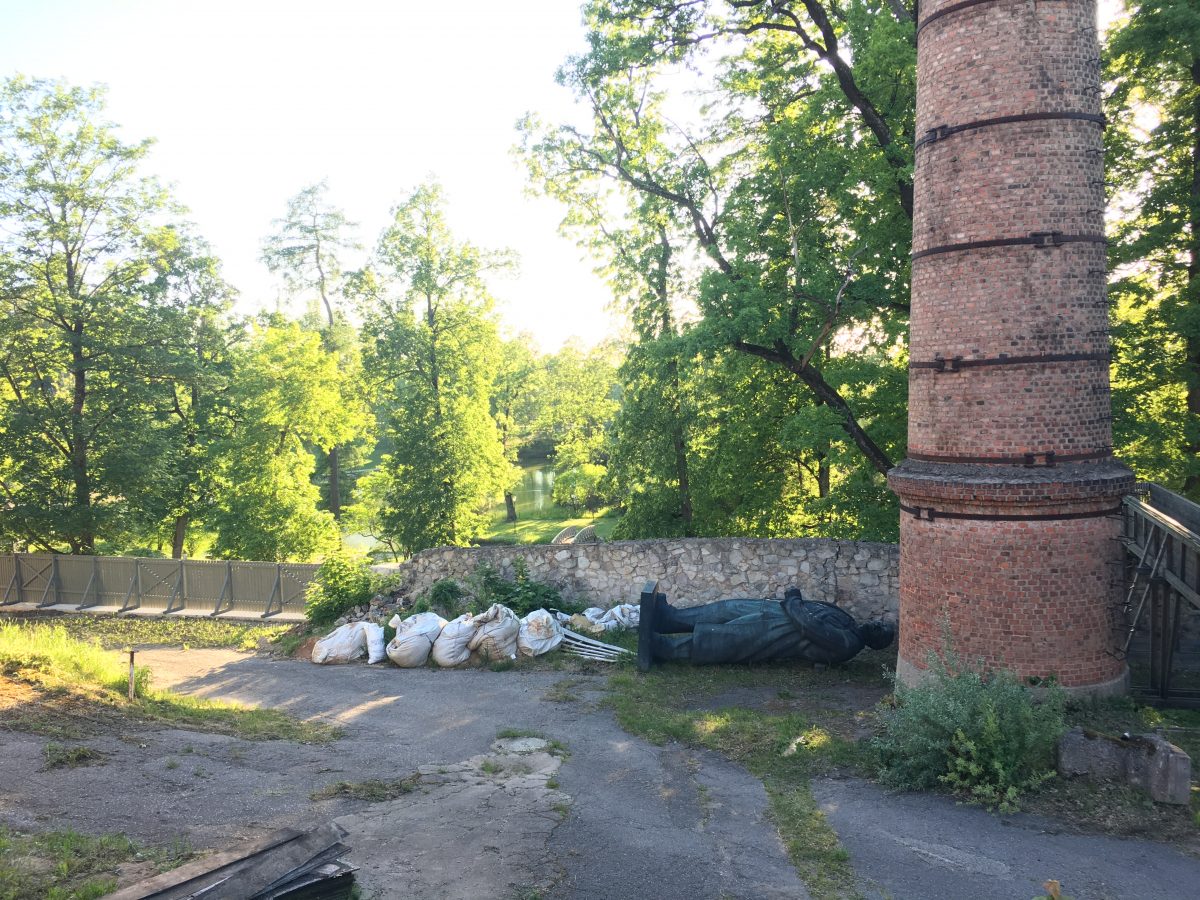
Another highlight from IES is the Field and Forest experimental gardens project that gather data, analyse genetic resources and the best growing conditions for medicinal and aromatic plants: valerian, chamomile, echinacea, dandelion, and siler.
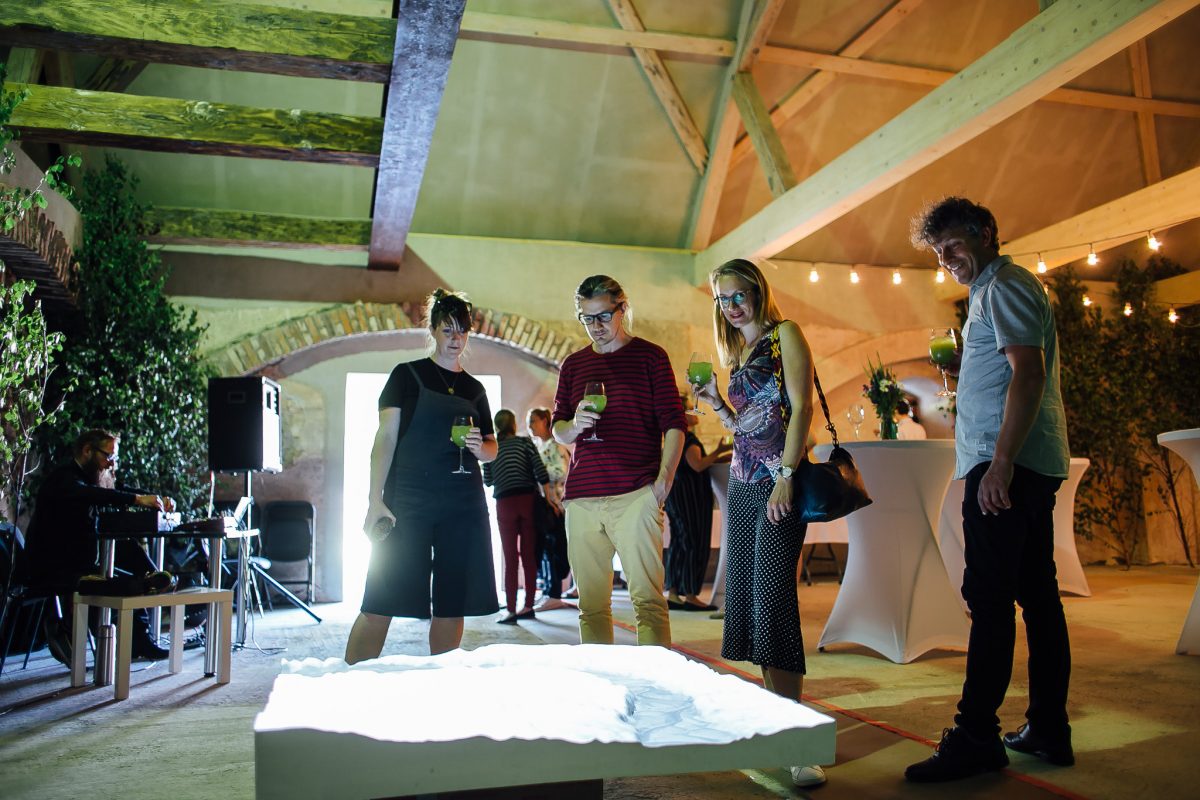
During the meeting I gave two presentations: one on the top concern of citizen science community, that is data quality; and another on a current trend in the field of citizen science, that is rendering invisible forms visible and challenging unequal knowledge production. For decades citizen science remained hidden in publications, and it remains so often in social sciences and humanities, as well as in many invisible practices in most Central European countries.
Other presentations from the meeting:
| Action (budget) status and Short Term Scientific Missions (STSM) | Katrin Vohland, Anne Land |
| Promotion of gender balance and Early Career Investigators | Carole Paleco |
| WG 1: Ensure the scientific quality of Citizen Science | Bálint Balázs |
| WG 3: Improve society-science-policy interface | Katrin Vohland |
| WG 4: Enhance the role of CS for civil society | Artemis Skarlatidou |
| WG 5: Improve data standardization and interoperability | Luigi Ceccaroni |
| Final Symposium | Roeland Samson |
| Invisible Citizen Science | Bálint Balázs |
| How the citizen science community frames policy engagement | Claudia Göbel |
| Introduction to the survey on citizen science strategies and first results | Marina Manzoni |
| National networks and initiatives | Daniel Dörler |
| EU-Citizen.Science | Katherin Wagenknecht |
| How to gain maximum benefit by working in an interdisciplinary group | Karine Oganisjana |
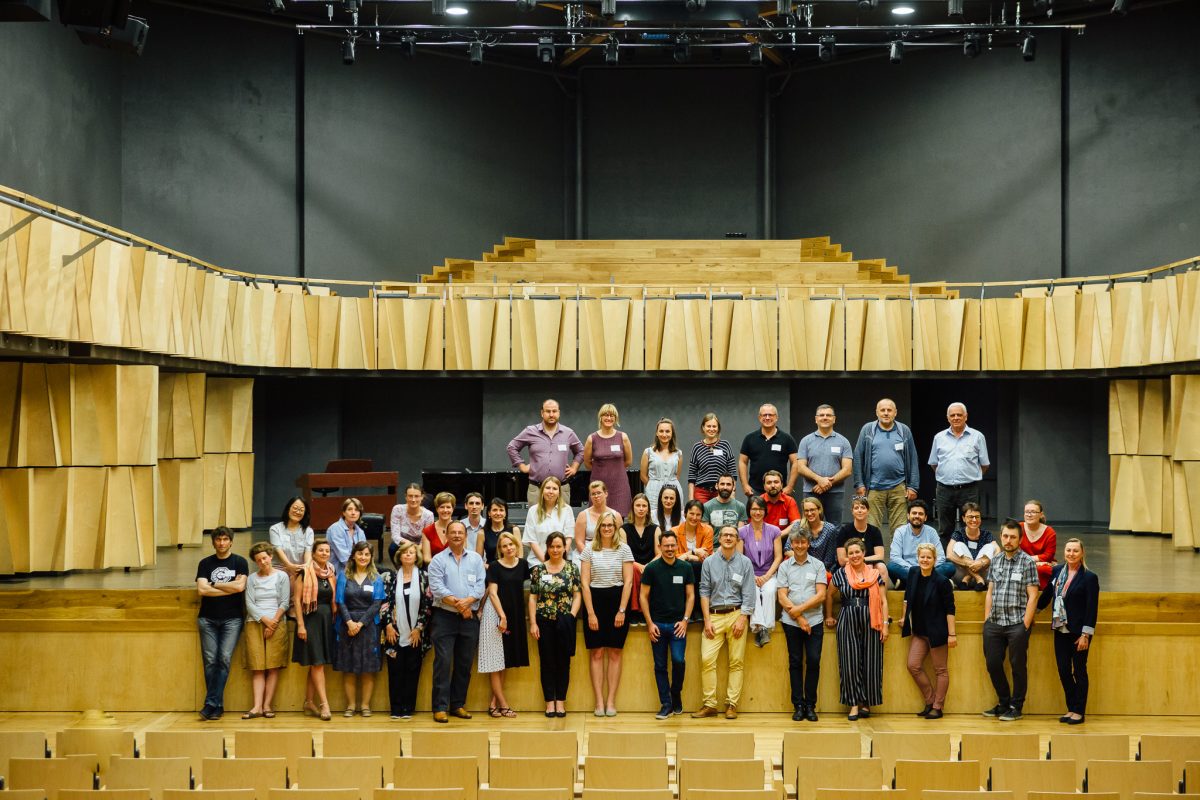
See the original Blog Entry here (with tweet links, which were technically not installable here).
All pictures used here were provided by Mārcis Gaujenietis with friendly permission.
